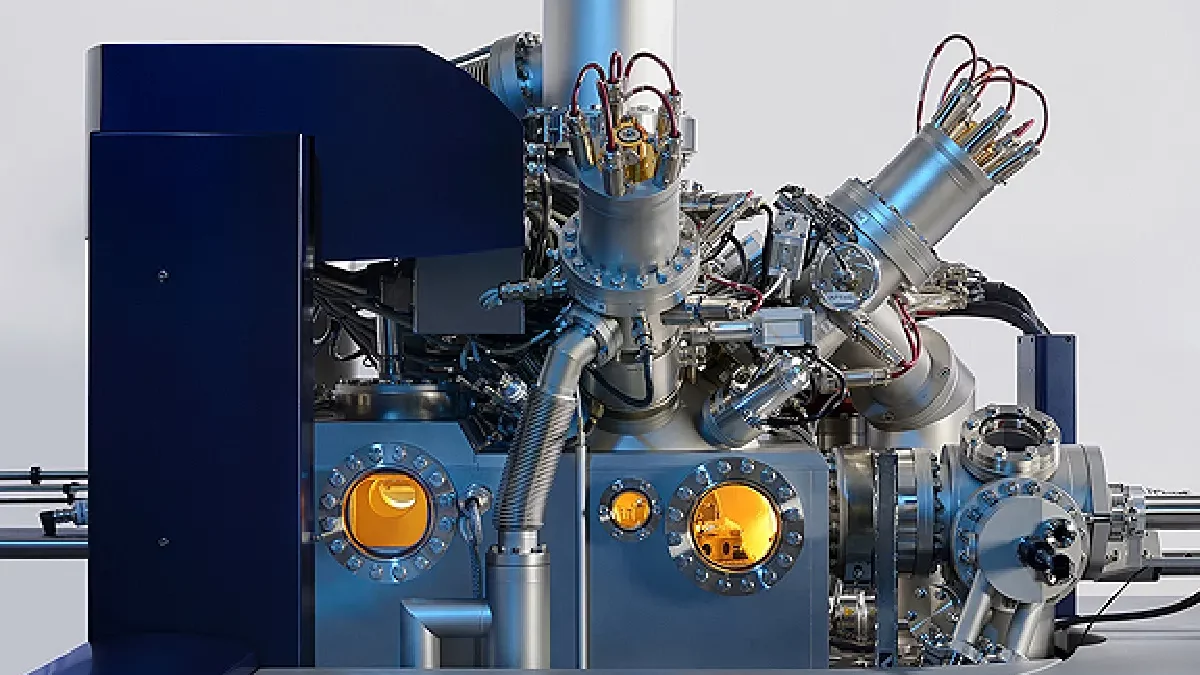Испытайте острые ощущения настоящего казино в Live Vavada, в которых участвуют профессиональные дилеры и противники. Благодаря круглосуточным трансляциям каждая игра Вавада остается непредсказуемой и честной.
Introducing our new business partner - AUF Casino! Каждый игрок хочет больше возможностей для выигрыша. Именно поэтому бонус Вавада станет вашим незаменимым помощником: щедрые подарки и акции сделают игру еще увлекательнее и прибыльнее! кракен ссылка кракен даркнет кракен торTime of Flight Secondary Ion Mass Spectrometry is a surface analytical method that creates secondary ions through sputtering by focusing a pulsed stream of primary ions onto a sample surface. By examining these secondary ions, one can learn more about the elemental, inorganic, and molecular species present on the surface.
For instance, TOF-SIMS would disclose the presence of organic pollutants, like oils adsorbed on the surface, but other methods might not, especially at extremely low concentrations. Since TOF-SIMS is an analysis method, it can typically detect every element in the periodic table, including H. Additionally, this study can yield mass spectral data.
How it works
A targeted main ion beam bombards a target surface, resulting in a cloud of electrons, secondary ions, and neutral atoms/molecules. Researchers use a time-of-flight mass spectrometer to gather and analyze the secondary ions. The mass spectrometer calculates an ion’s mass-to-charge ratio (m/z) by precisely measuring the “time of flight” or how long it takes to reach the detector.
The process creates a pixel-by-pixel chemical map of the material by moving the principal ion beam over its surface. Scientists and technicians use TOF SIMS analysis daily for basic research, regular analysis, and quality control in academic and industrial contexts.
Advantages of TOF SIMS analysis
- Sensitivity: Tiny analysis volumes result from small spot sizes and shallow impact craters, which require extreme caution to avoid signal loss. Consequently, TOF SIMS is typically more sensitive than alternative mass spectrometry methods.
- Three-dimensional imaging: The primary ion beam eliminates a bit of material every time it sweeps across the surface. Several passes over the same region create a layer-by-layer 3D map of the material.
- Speed: Compared to conventional MS methods, the time-of-flight mass spectrometer operates at substantially greater speeds. ToF SIMS instruments have a maximum throughput of 1000 pixels per second.
- Spatial resolution: Since ToF SIMS may use beam diameters as small as a few hundred nanometers, it can attain far higher spatial resolutions than alternative imaging techniques.
- Dynamic spectrum: A ToF SIMS spectrum varies from single hydrogen ions and whole protein molecules several thousand daltons in size.
Top applications for TOF-SIMS
TOF-SIMS is a perfect technique for handling the following kinds of applications because of its exceptional surface sensitivity, capacity to examine organic materials and other insulators, great detection limits, and capacity to provide elemental and molecular information:
- Surface examination of both inorganic and organic substances
- Surface analysis of elemental and organic compounds
- Identification of contaminants (down to the ppm range for molecular or elemental species)
- Recognizing hazes, stains, and discolorations
- Charting the lateral range of surface organisms
- Comparing surfaces’ appearances before and after processing to find variations
- Quantitative evaluation of wafer surface metals
- Failure analysis, such as for coatings, adhesion, and bond pads
- Assessment of the cleaning procedures (QA/QC)
- Comparison of samples handled or kept in various conditions to ascertain surface modifications
- Depth profile of surveys
- Element and molecule imaging on surfaces
- Failure and examination of the underlying cause when there is haze, blistering, dewetting, delamination, etc.
Wrapping up
The TOF-SIMS analysis technique is a problem solver thanks to its surface sensitivity, which provides an overview of the species present in a sample.

